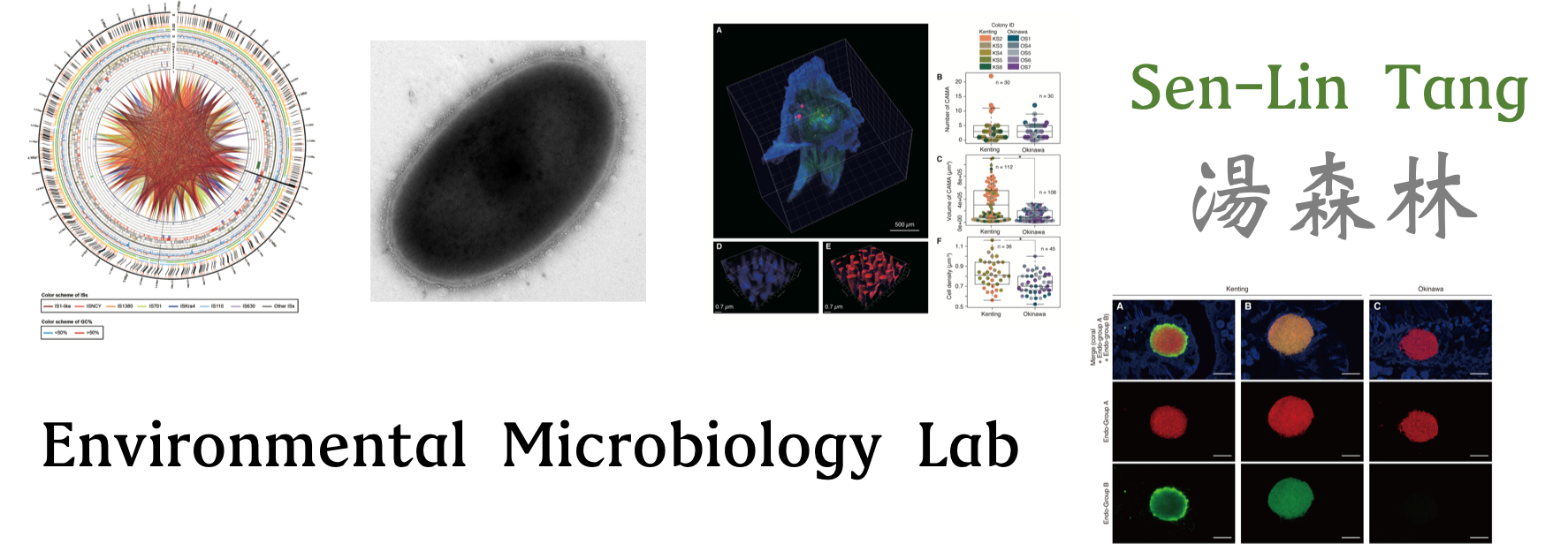Metagenomics and metatranscriptomics of microbial community in terrestial mud volcano
We are studying at the change of microbial community and their metabolism potentials in a mud volcano at southern Taiwan. Actually, the methane released off the terrestrial volcano has been paid less attention in the issue of global warming gases. How much of methane is sourced from mud volcano? How is the relationship between methane change and microbial community inside the volcano? We have been working on the community genomic sequences and the preliminary data showed that the change of the microbial community is fit to the geochemistry result, including dynamics of methane and sulphate. We will focus more specific metabolisms from samples isolated from different depths in the volcano. Abstract of Cheng et al., ISME J. 2012: " Terrestrial mud volcanism represents the prominent surface geological feature, where fluids and hydrocarbons are discharged along deeply rooted structures in tectonically active regimes.Terrestrial mud volcanoes (MVs) directly emit the major gas phase, methane, into the atmosphere, making them important sources of greenhouse gases over geological time. Quantification of methane emission would require detailed insights into the capacity and efficiency of microbial metabolisms either consuming or producing methane in the subsurface, and establishment of the linkage between these methane-related metabolisms and other microbial or abiotic processes. Here we conducted geochemical, microbiological and genetic analyses of sediments, gases, and pore and surface fluids to characterize fluid processes, community assemblages, functions and activities in a methane-emitting MV of southwestern Taiwan. Multiple lines of evidence suggest that aerobic/anaerobic methane oxidation, sulfate reduction and methanogenesis are active and compartmentalized into discrete, stratified niches, resembling those in marine settings. Surface evaporation and oxidation of sulfide minerals are required to account for the enhanced levels of sulfate that fuels subsurface sulfate reduction and anaerobic methanotrophy. Methane flux generated by in situ methanogenesis appears to alter the isotopic compositions and abundances of thermogenic methane migrating from deep sources, and to exceed the capacity of microbial consumption. This metabolic stratification is sustained by chemical disequilibria induced by the mixing between upward, anoxic, methane-rich fluids and downward, oxic, sulfate-rich fluids.
